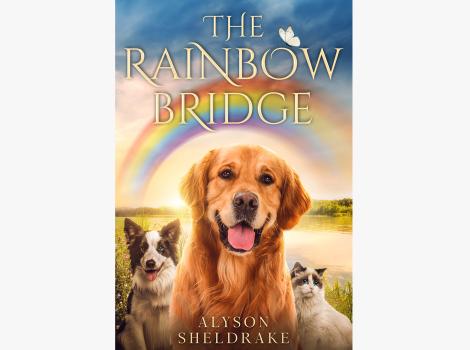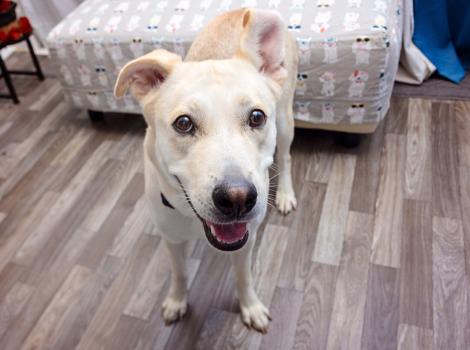Book reviews: Page-turners about all things canine

The bond we share with our dogs is both simple and complex. Behind the love is a wealth of science and evolution. Be it from a broad perspective or from a one-to-one partnership, how and why canines and people connect make for fascinating reading.
The Purest Bond: Understanding the Human-Canine Connection by Jen Golbeck and Stacey Colino. Simon and Schuster, 2023. Hardcover, 256 pages.

Books exploring the love between people and their dogs abound; I come across them frequently as a reviewer. Some authors approach the topic from a scientific or scholarly perspective while other writers share stories of their lives with special canine companions. In The Purest Bond: Understanding the Human-Canine Connection, however, Jen Golbeck and Stacey Colino offer up a highly readable volume that combines the academic and the personal. Jen, a longtime worker in animal rescue and foster situations, and Stacey, a writer with a neuroscientific background, also examine the changes that have occurred in recent years in our relationship to dogs.
At the start of the COVID-19 pandemic, dog adoptions exploded as people faced with loneliness during lockdown yearned for the companionship a dog could bring into their homes. Other people who already shared their lives with a canine companion found the bond strengthened while working from home and social distancing. The Purest Bond is both a delight to read and a lesson in the science that underpins that true connection.
Never Leave the Dogs Behind: A Memoir by Brianna Madia. HarperOne, 2024. Hardcover, 208 pages.

In this follow-up to the bestselling Nowhere for Very Long, Brianna Madia finds herself at an unexpected crossroads. Following a painful divorce and a period of cyber bullying, she is living in a rundown trailer on an isolated expanse of the desert with only her four beloved dogs — Bucket, Dagwood, Birdie, and Banjo — for company and consolation. Depressed to the point of suicidal ideation, she turns to her dogs each morning for purpose and a reason to relish in their joy in the natural world surrounding her land.
When an appointment with an attorney to make a will brings up the question of who would care for her dogs in the event of her death, Brianna abruptly comes to realize how dependent her beloved dogs are on her. The ending of this memoir in which she lies down with the four dogs, who have stood so steadfastly by her during her depression, and comes to the decision that suicide is not an option is one of the most moving testaments to interspecies devotion that this reviewer has read. Yes, readers will need a few tissues, but Never Leave the Dogs Behind is ultimately a joyous book.
Barking Up the Right Tree: The Science and Practice of Positive Training by Ian Dunbar. New World Library, 2023. Hardcover, 361 pages.

I have to admit up front that I rarely review books about dog training because I am not an expert in the field, and I know all too well that, after I review a dog training book, another one with a slightly different approach will land on my desk.
However, in the case of Barking Up the Right Tree: The Science and Practice of Positive Training by Ian Dunbar, I am making an exception and am heartily recommending this volume. Why? There are two basic reasons for my championing Ian’s work. The first one is the fact that, in the early 1980s, Ian helped revolutionize dog training with his development of positive reinforcement. His beliefs, over the ensuing years, were incorporated successfully into mainstream dog training, making life happier for dogs and their humans. The second reason is that, having been the blind handler of three guide dogs trained with positive reinforcement, I understand this approach and feel that my dogs and I have benefited immensely from it.
In Barking Up the Right Tree, Ian looks back at his original training recommendations and voices his opinion that it has become somewhat fractured depending on the guardians or program using them. Going back to the basics and moving forward to pare them down to a simpler approach, Ian once again does canines a huge favor.
Let's make every shelter and every community no-kill in 2025
Our goal at Best Friends is to support all animal shelters in the U.S. in reaching no-kill in 2025. No-kill means saving every dog and cat in a shelter who can be saved, accounting for community safety and good quality of life for pets.
Shelter staff can’t do it alone. Saving animals in shelters is everyone’s responsibility, and it takes support and participation from the community. No-kill is possible when we work together thoughtfully, honestly, and collaboratively.






